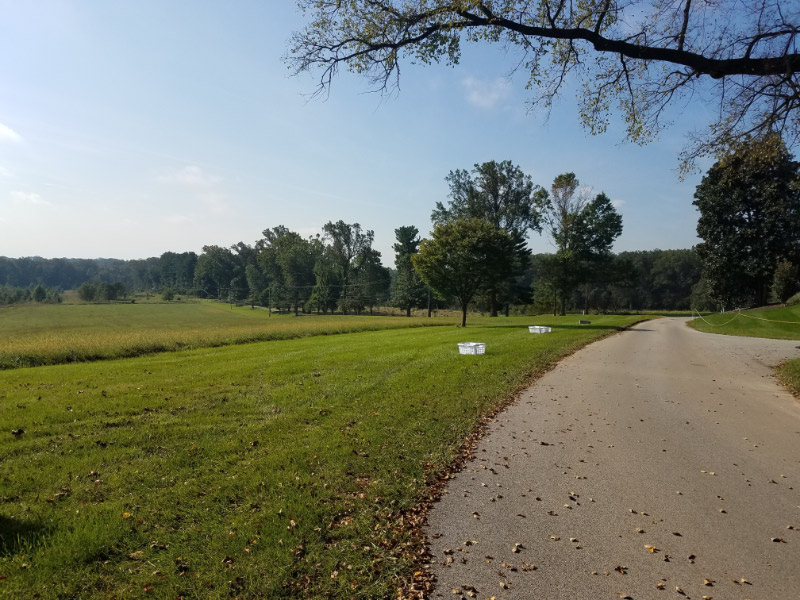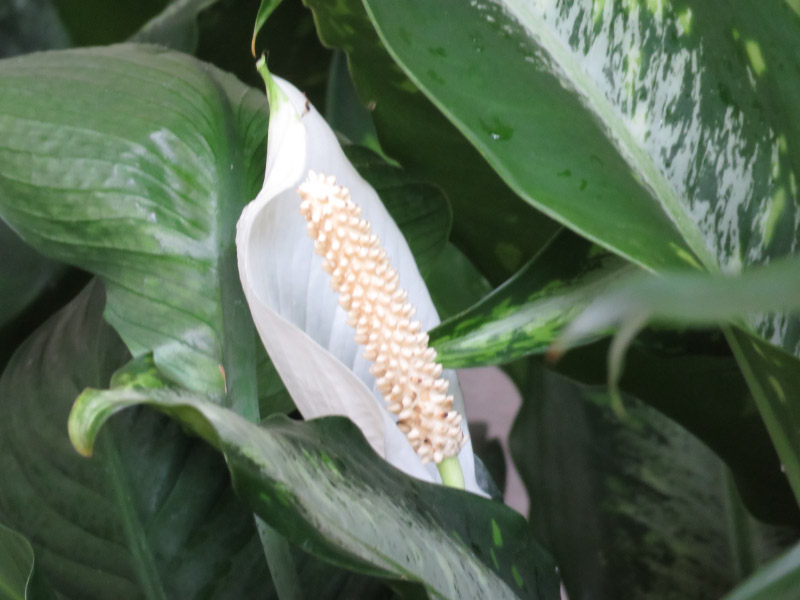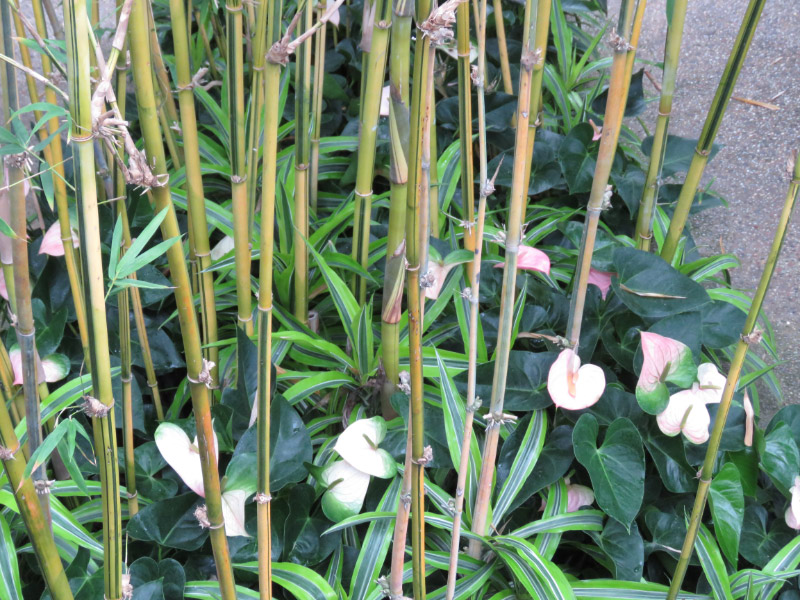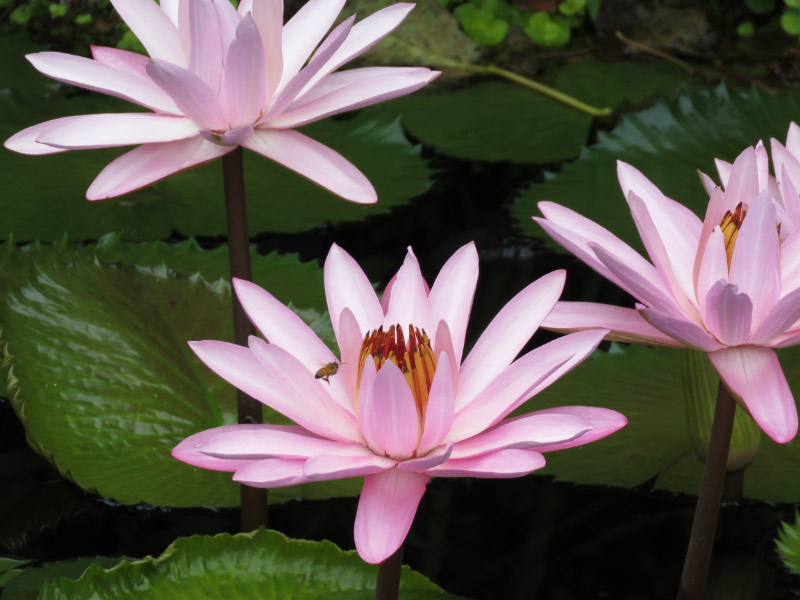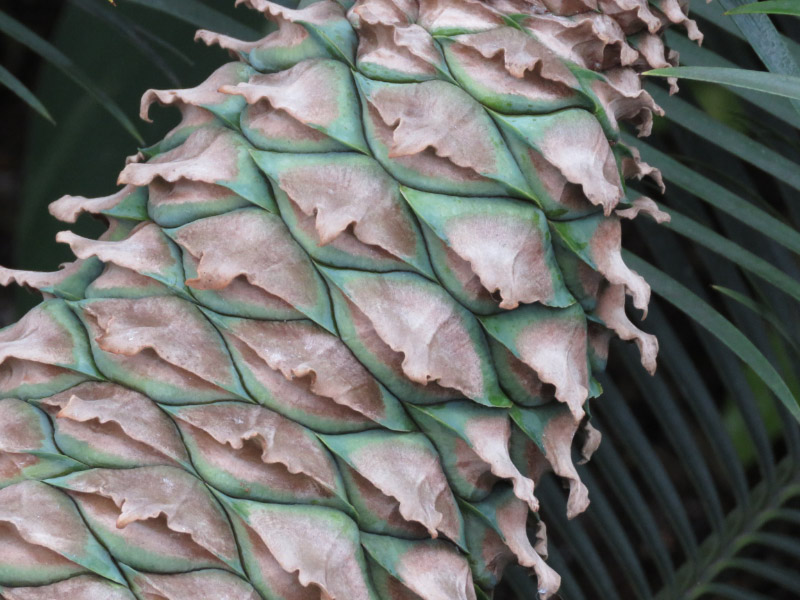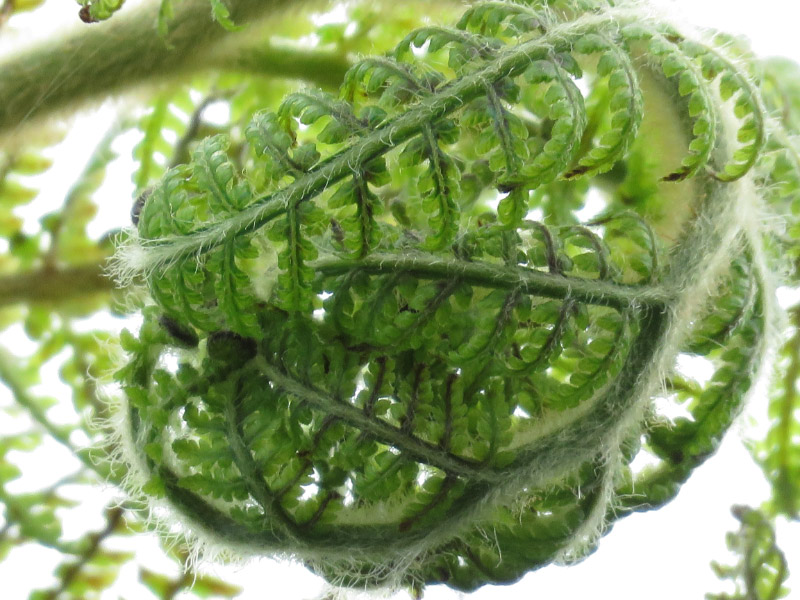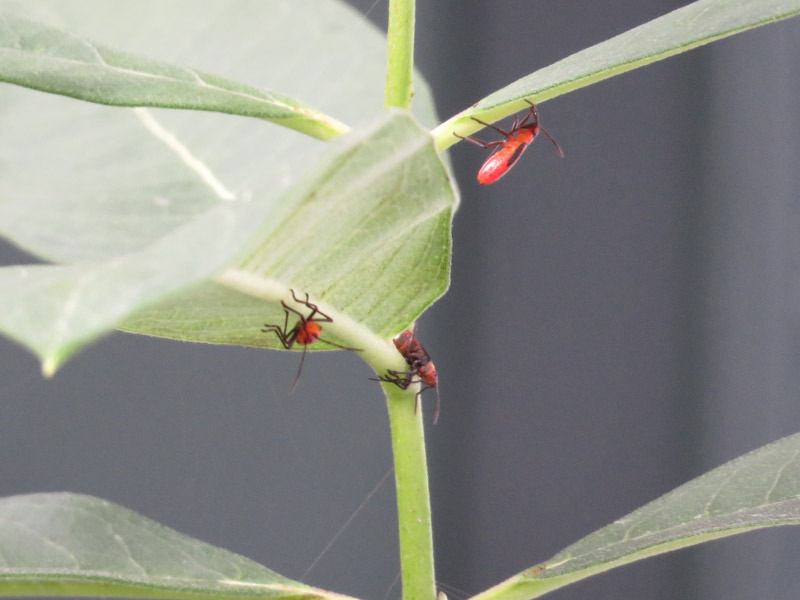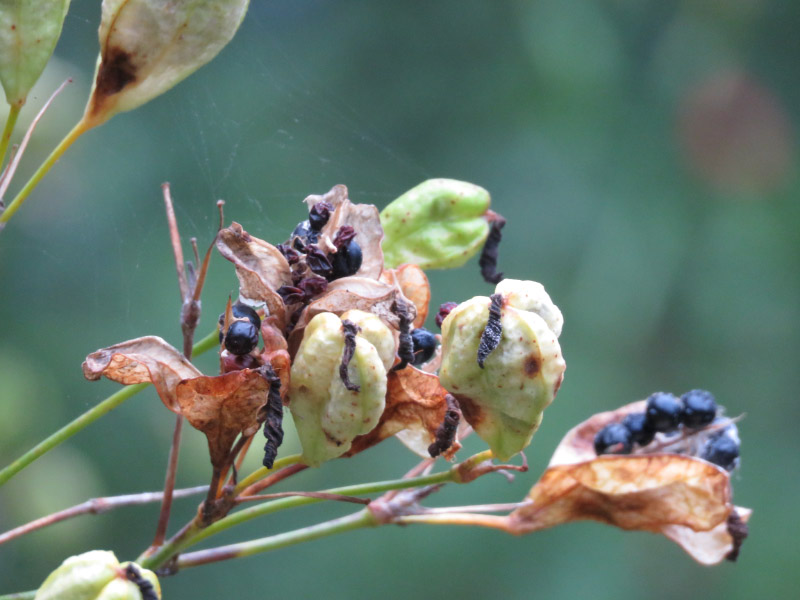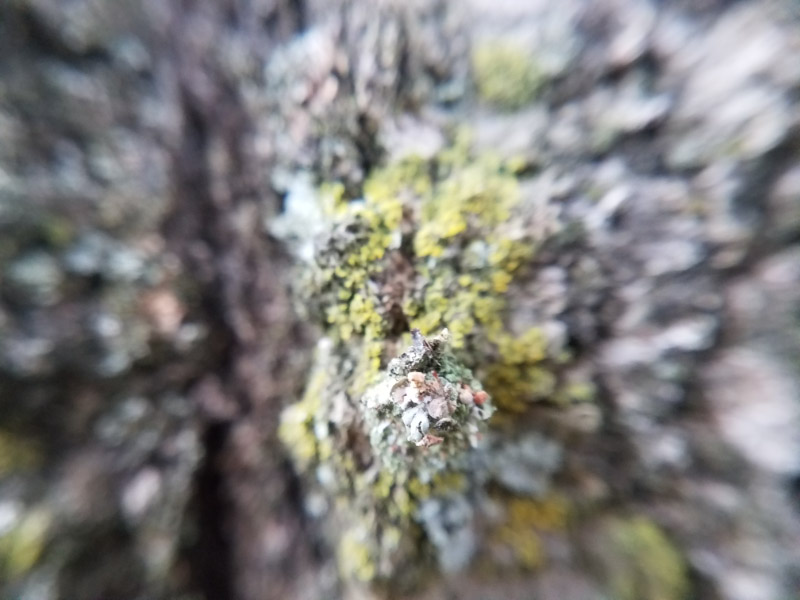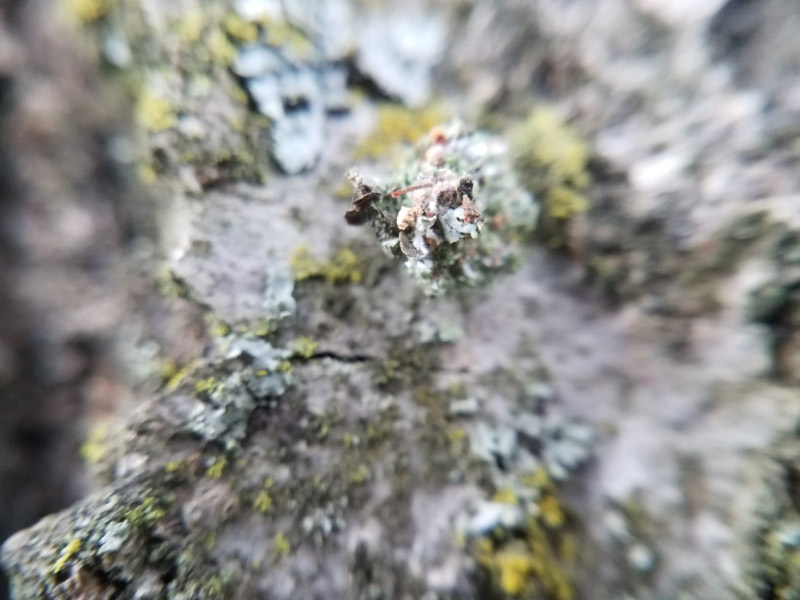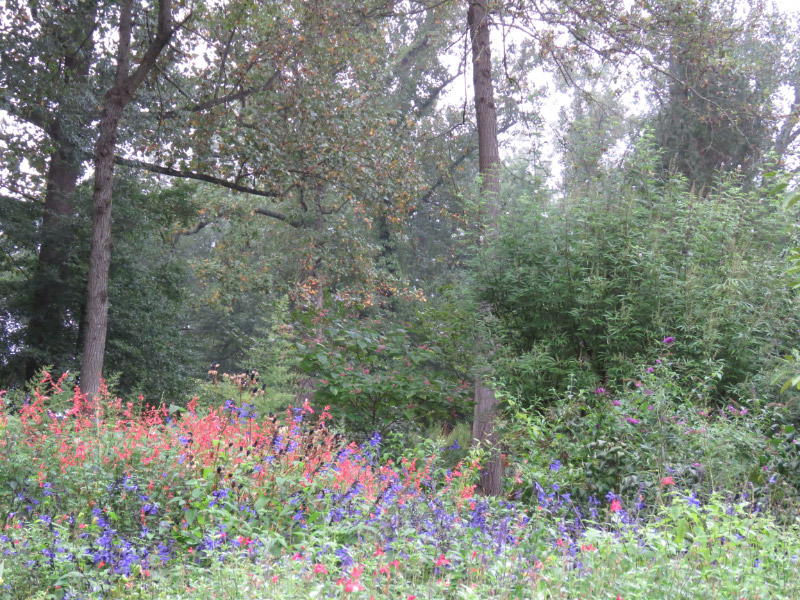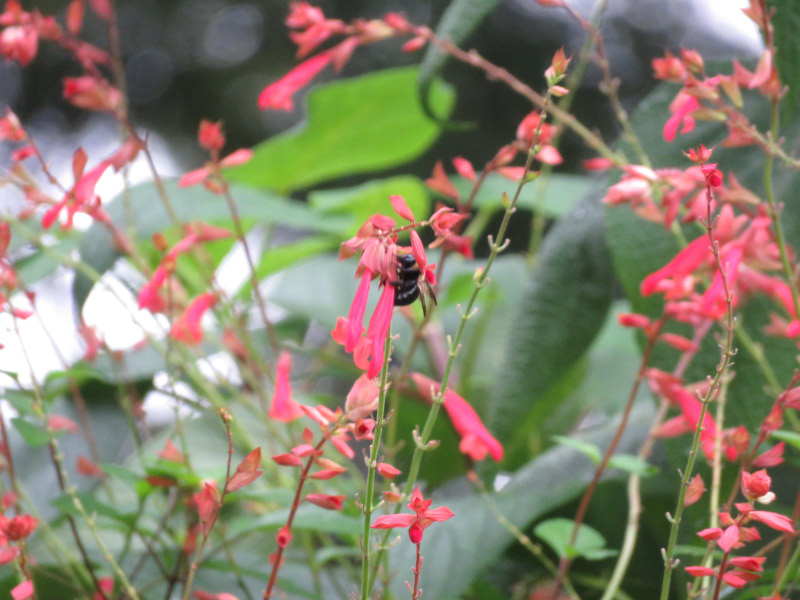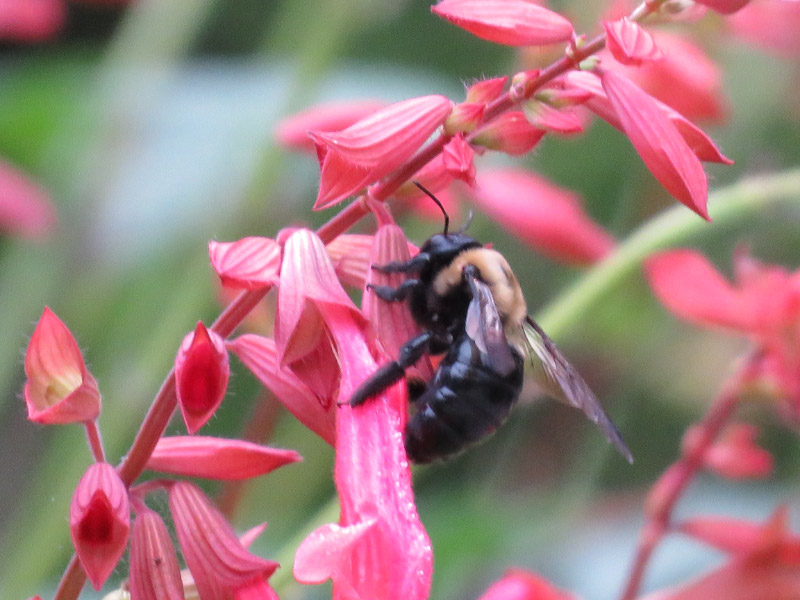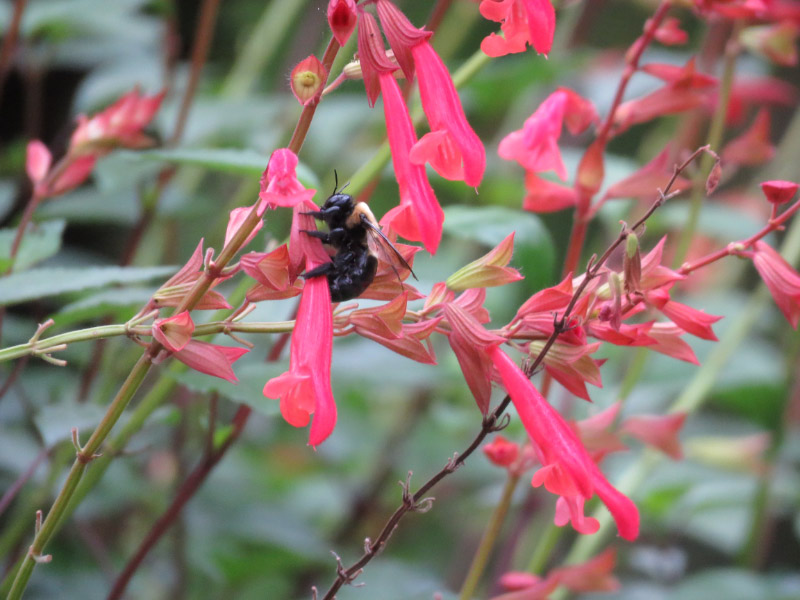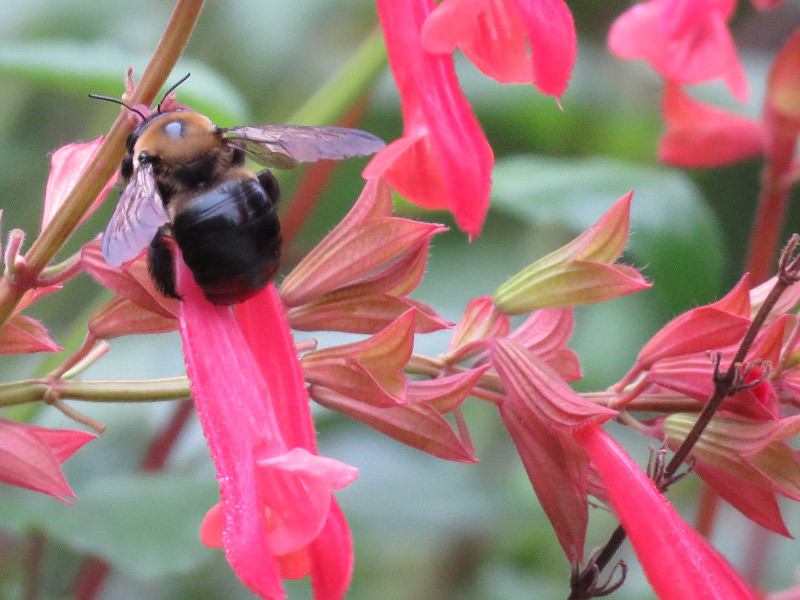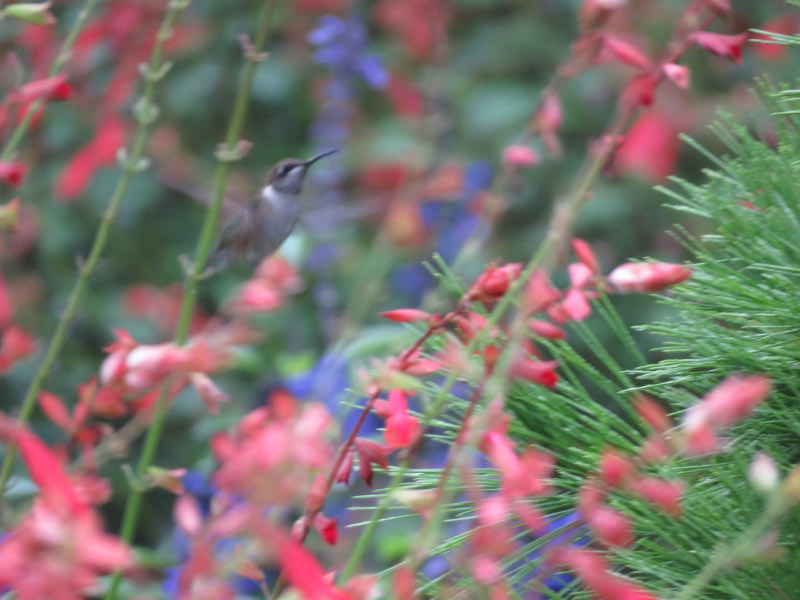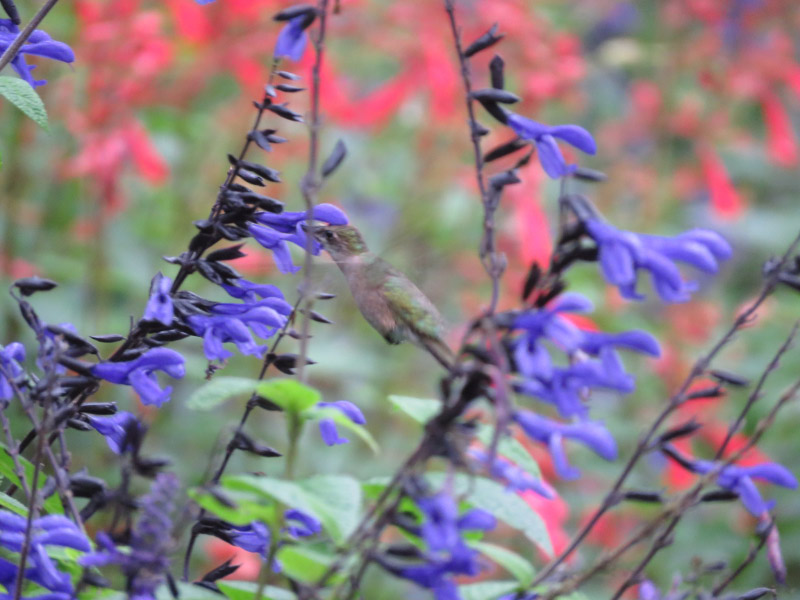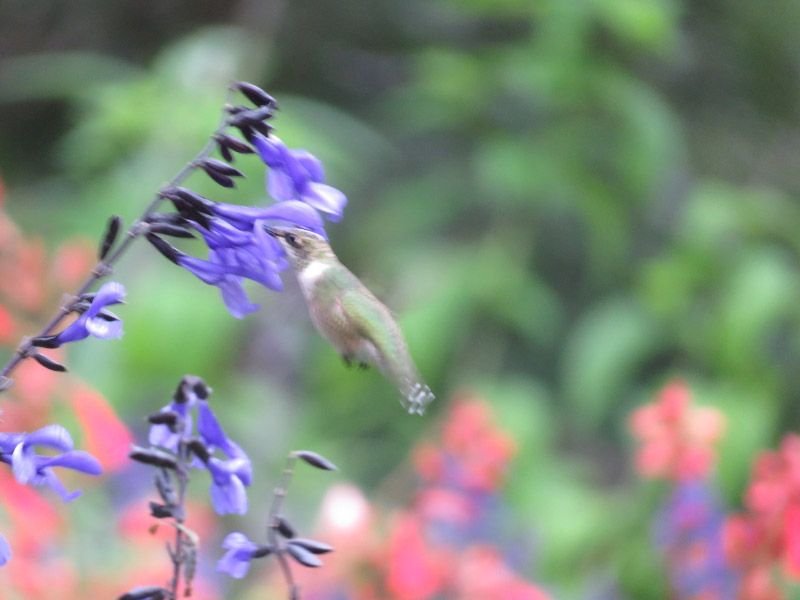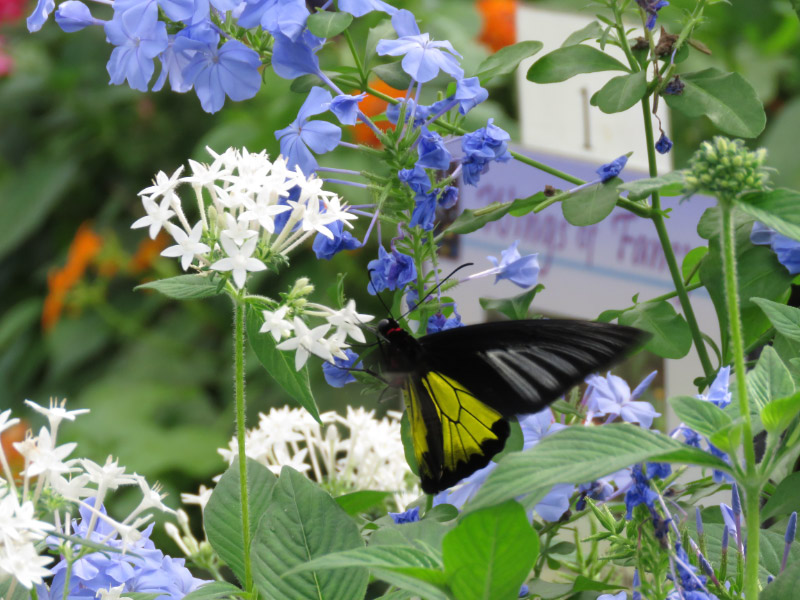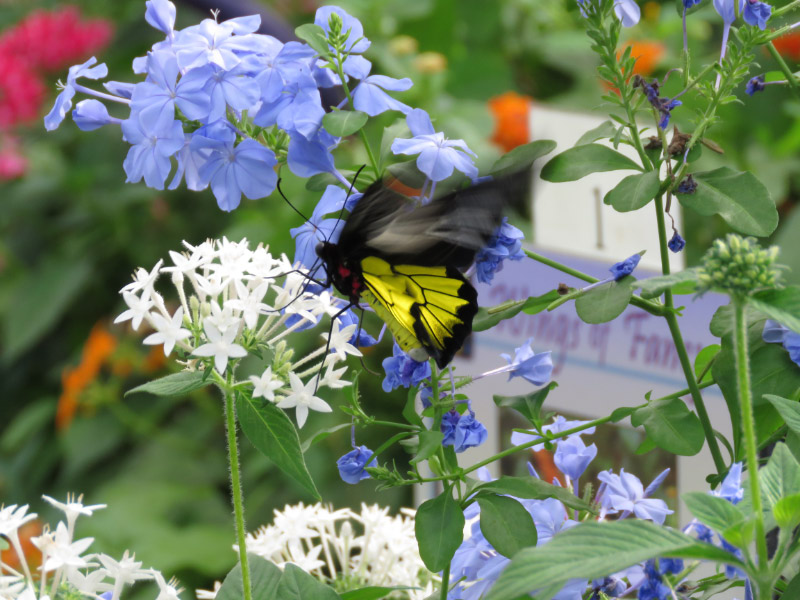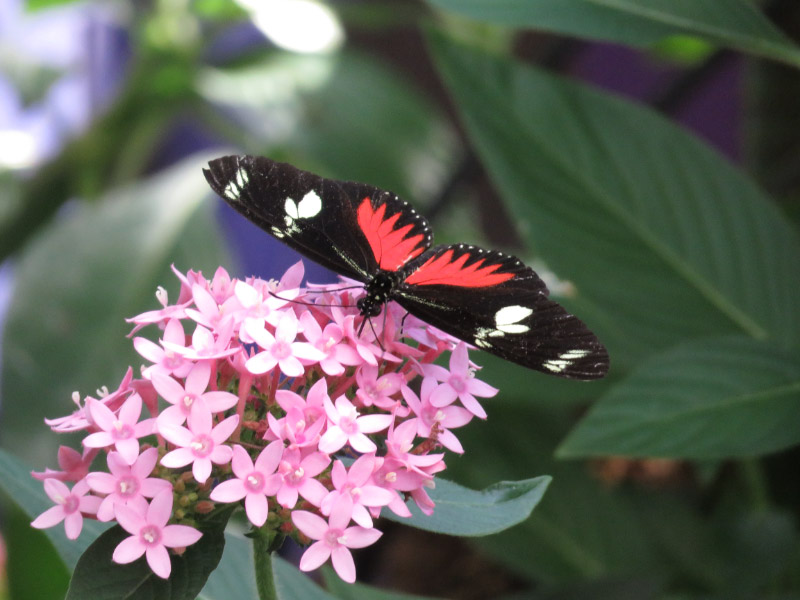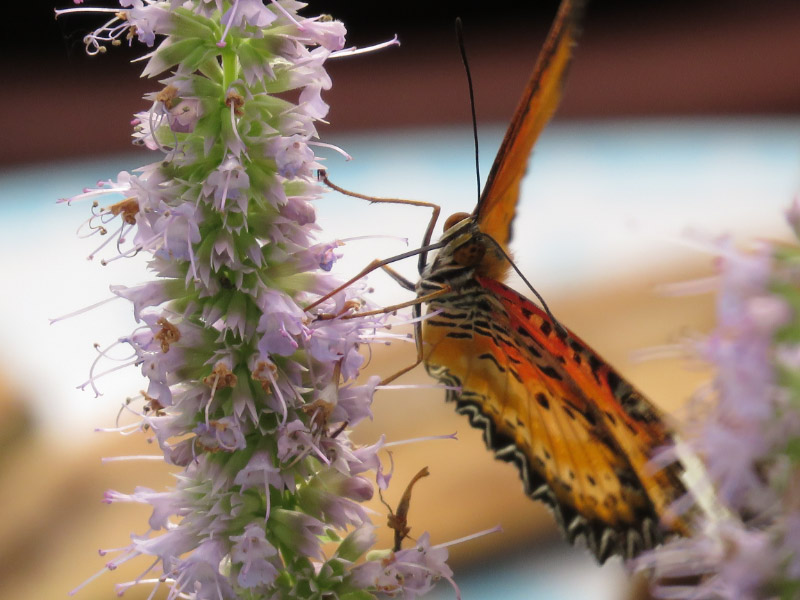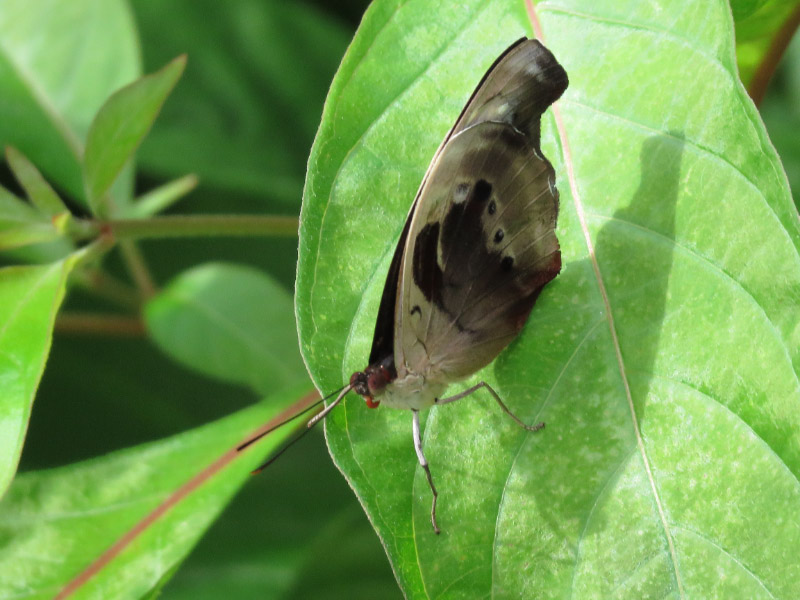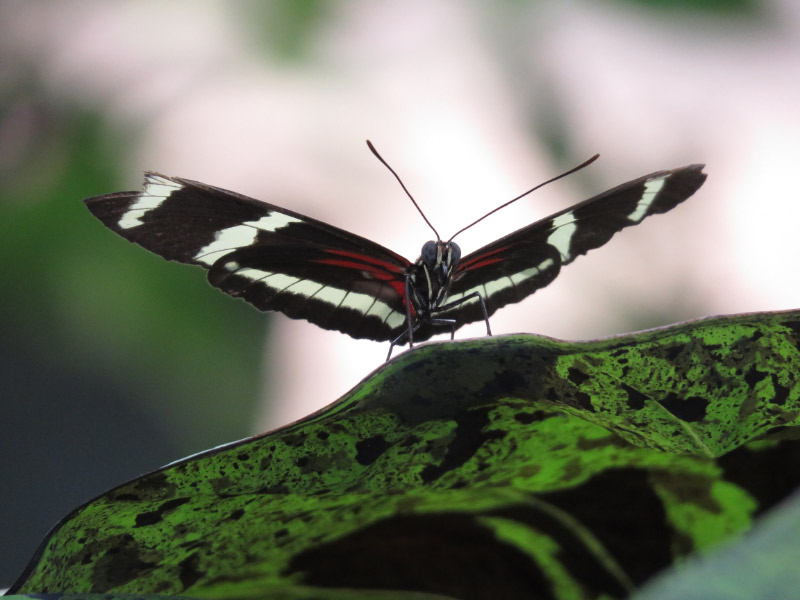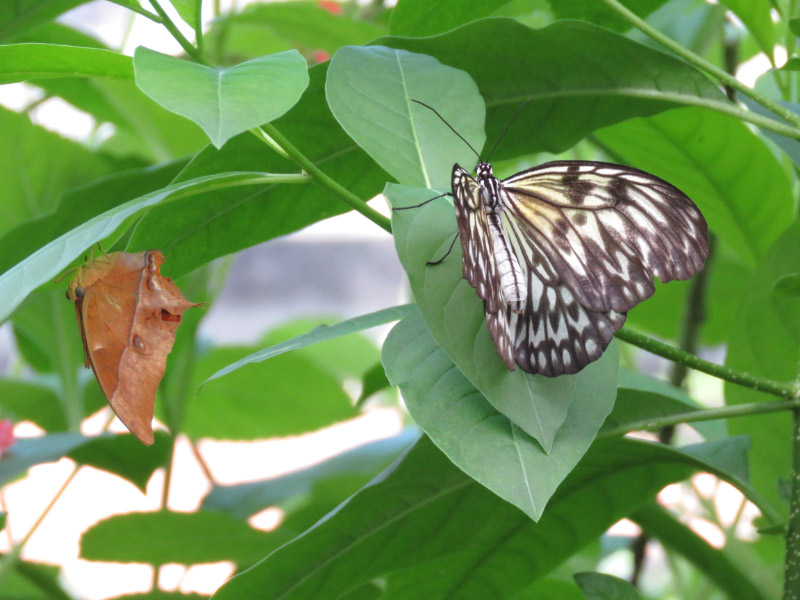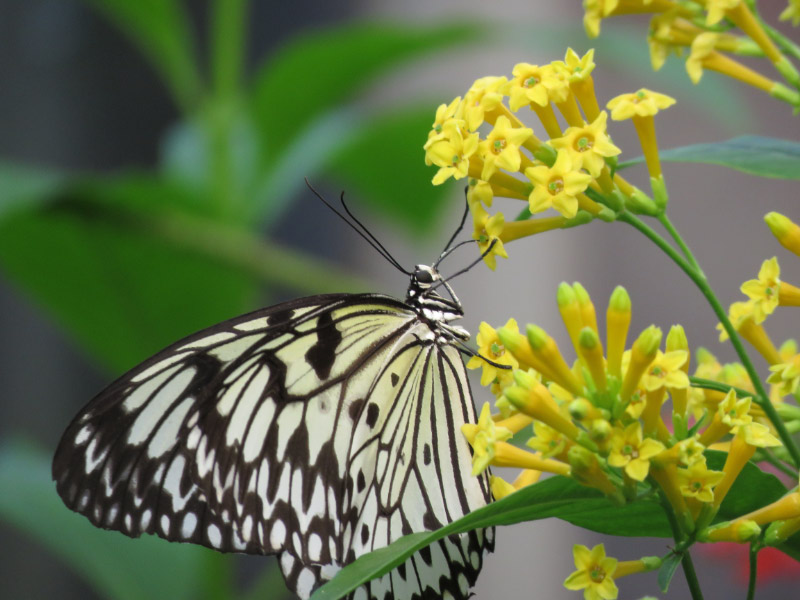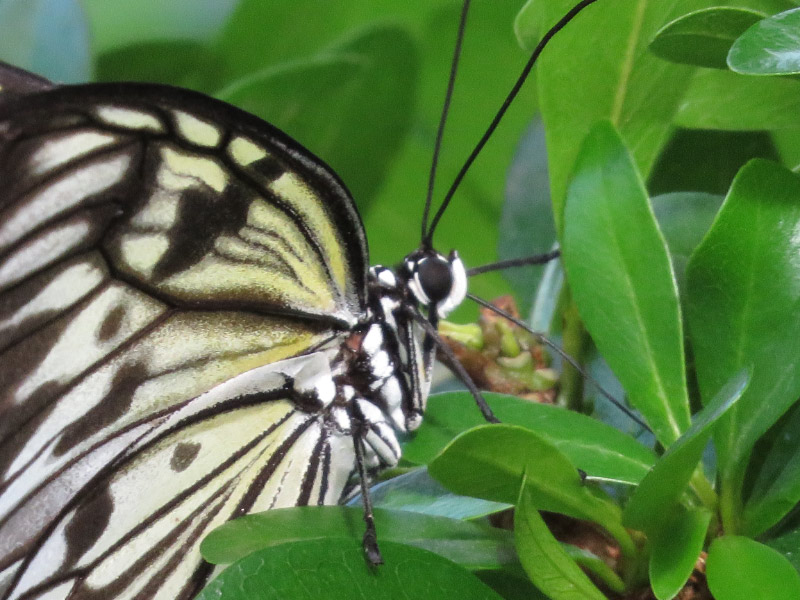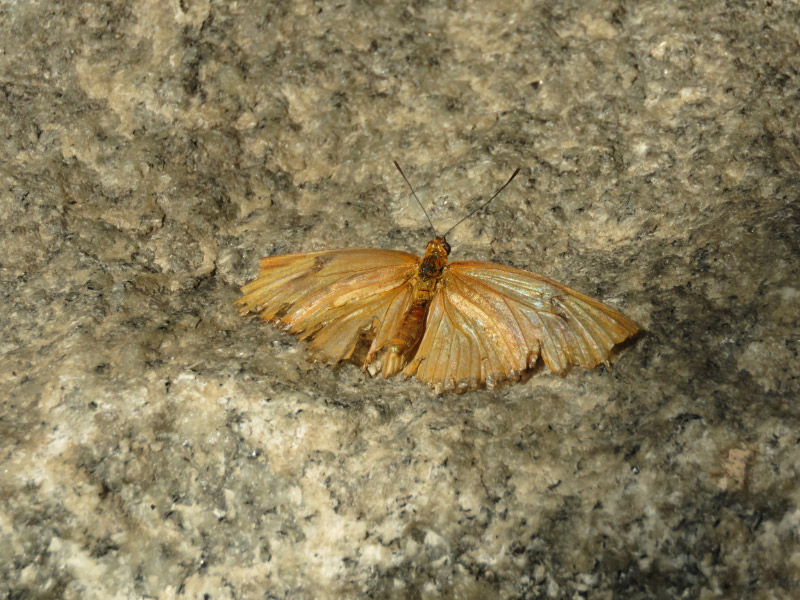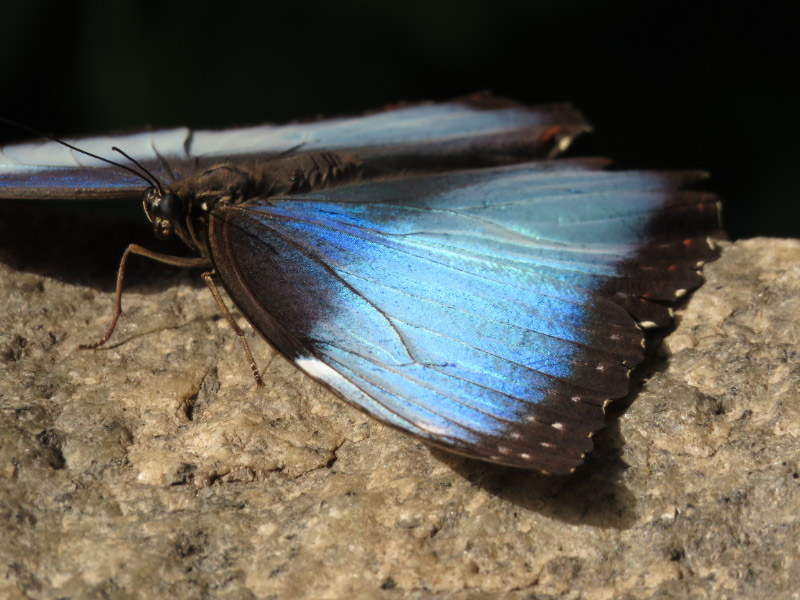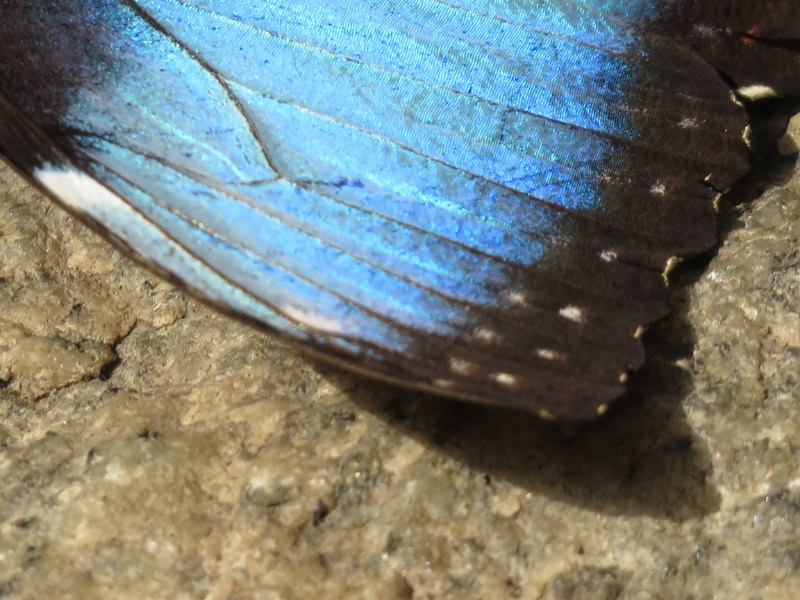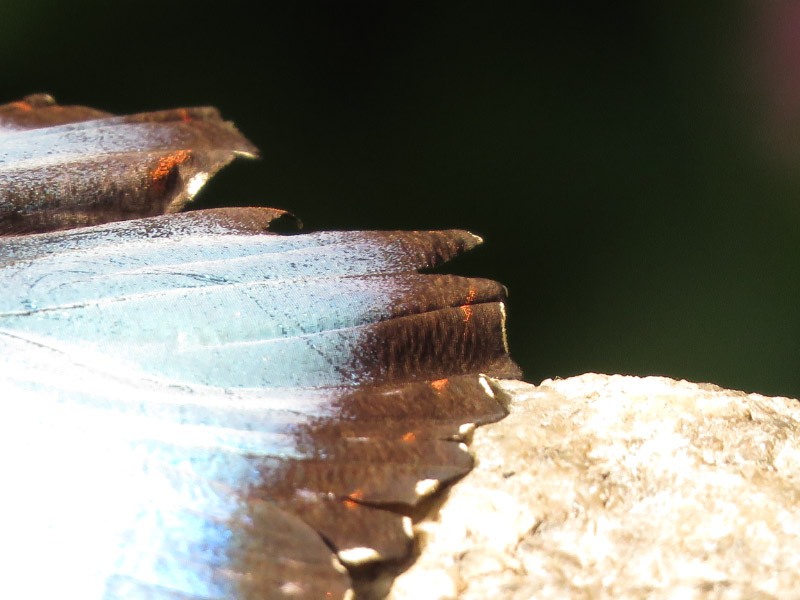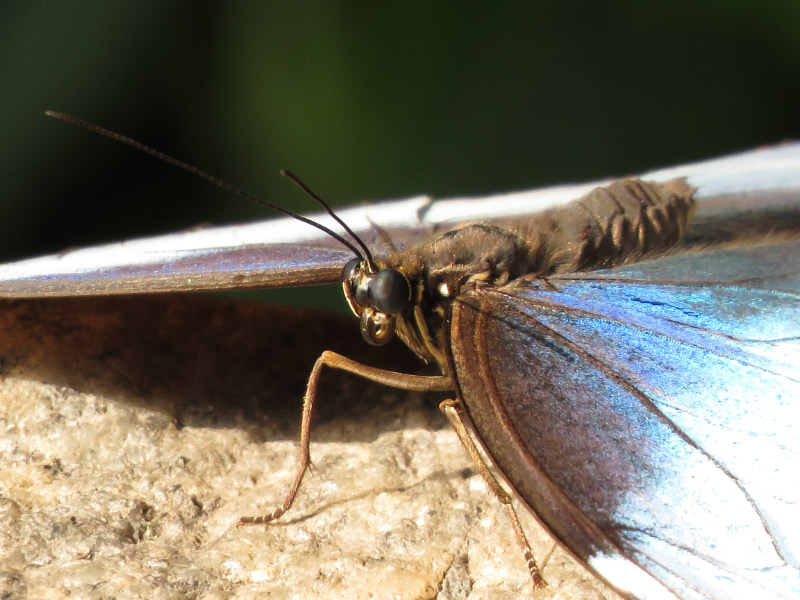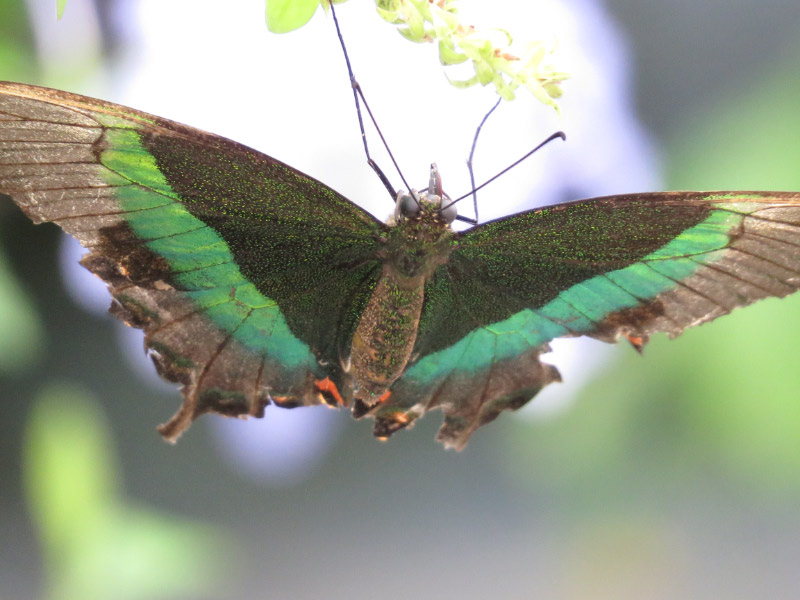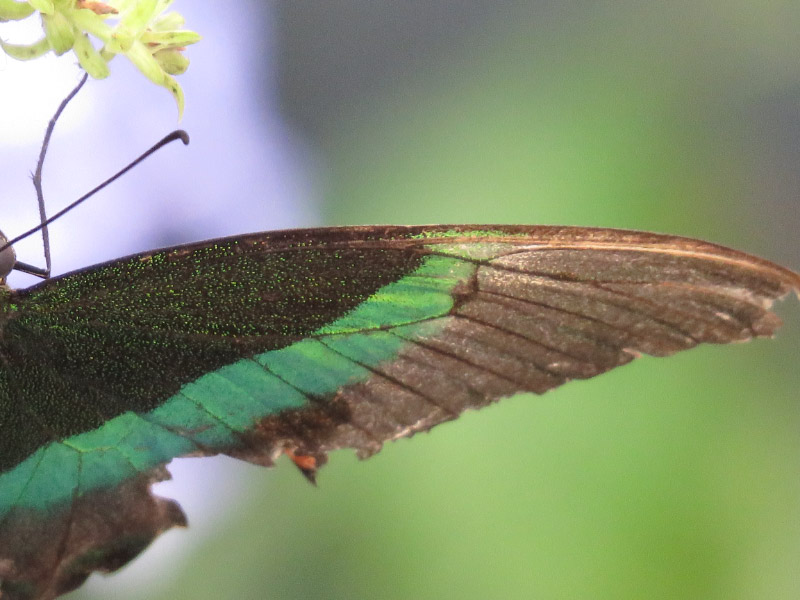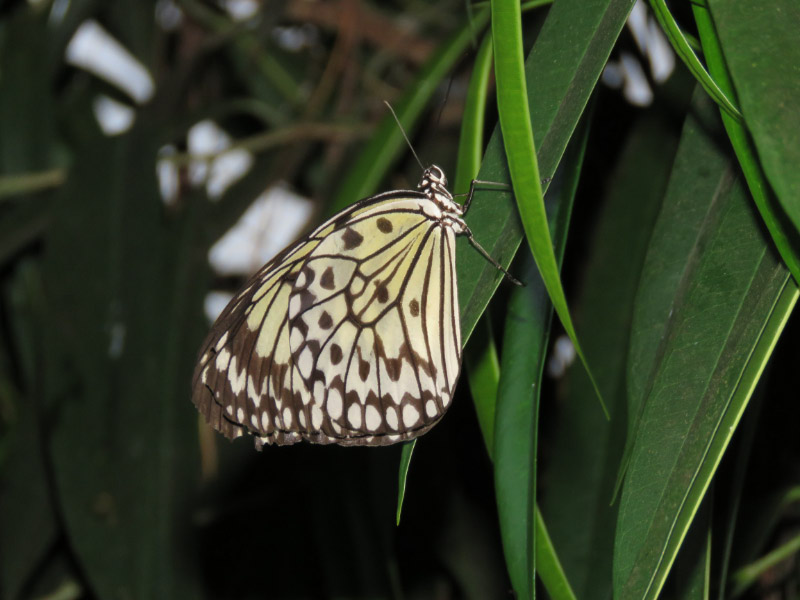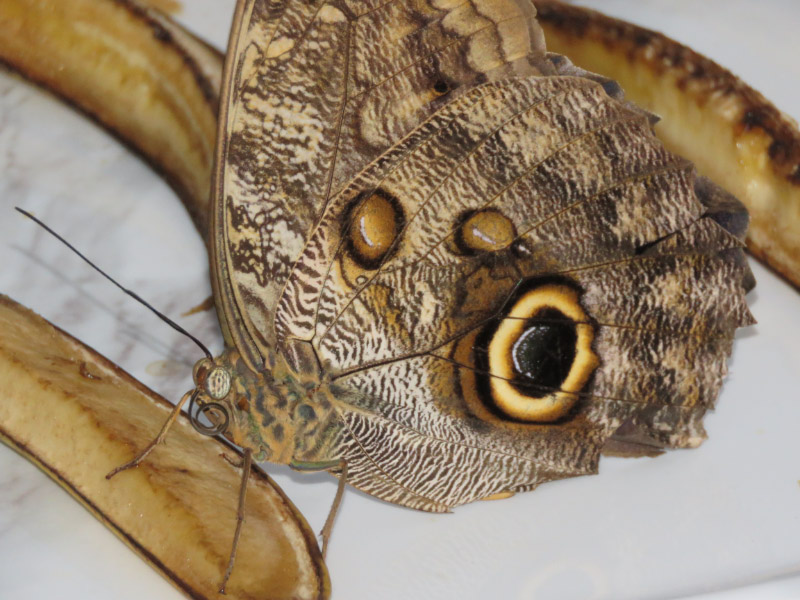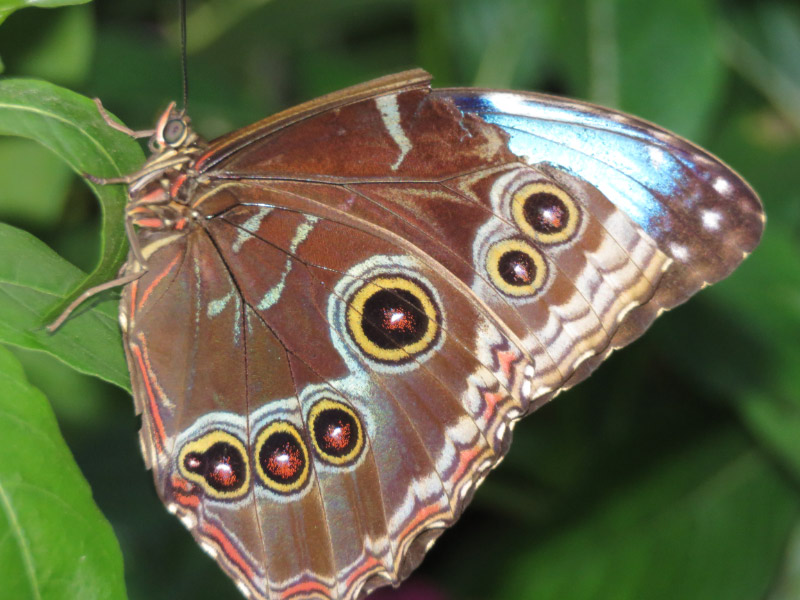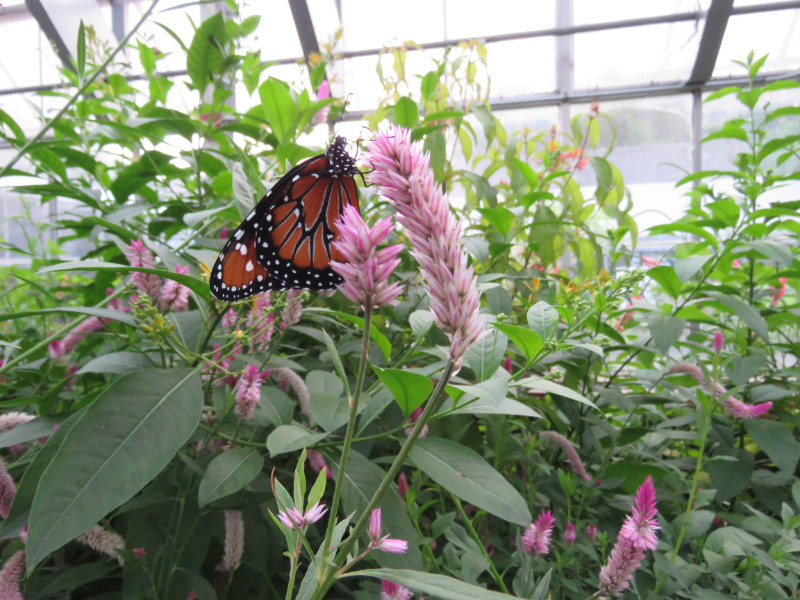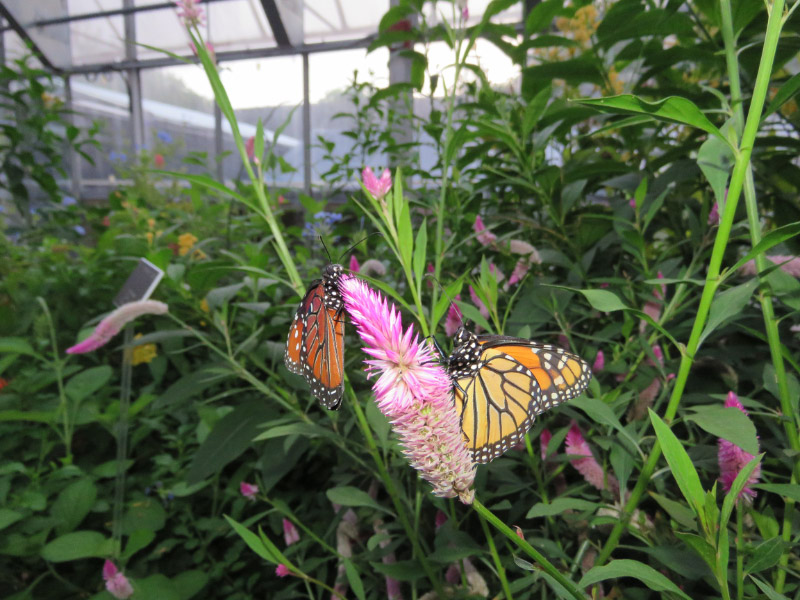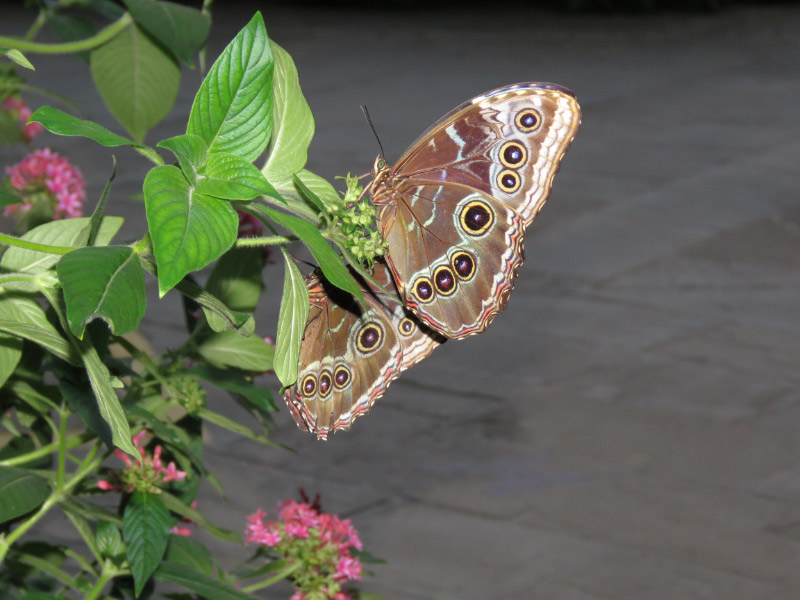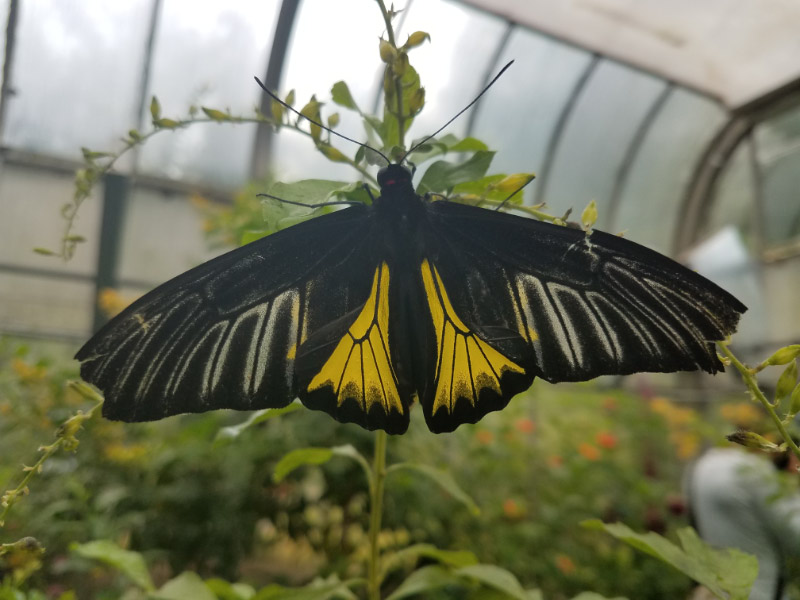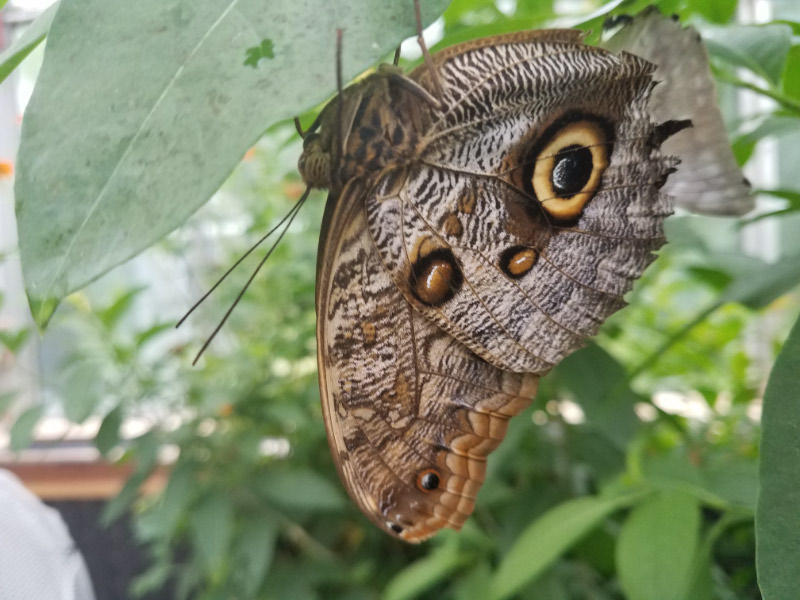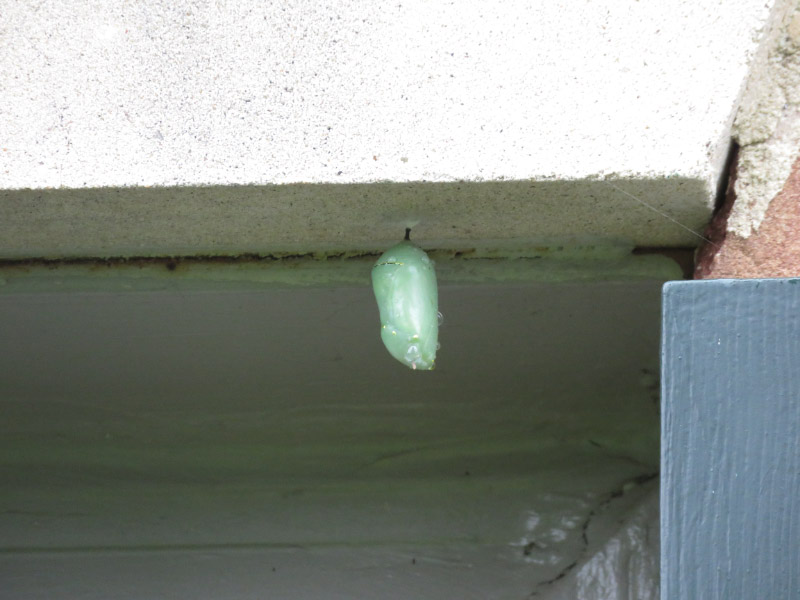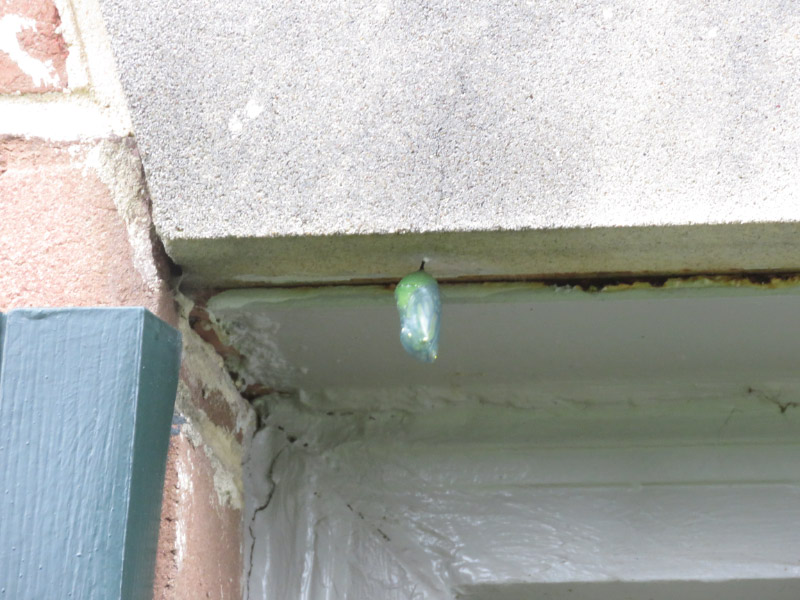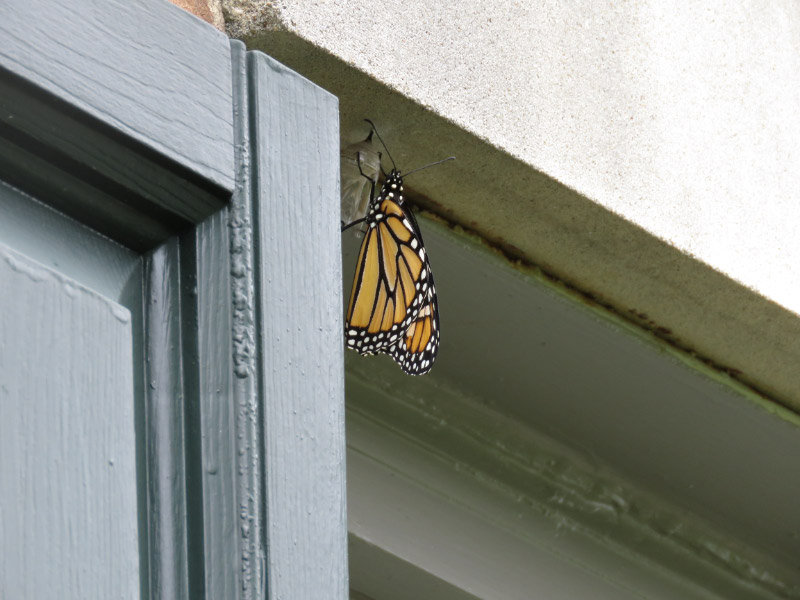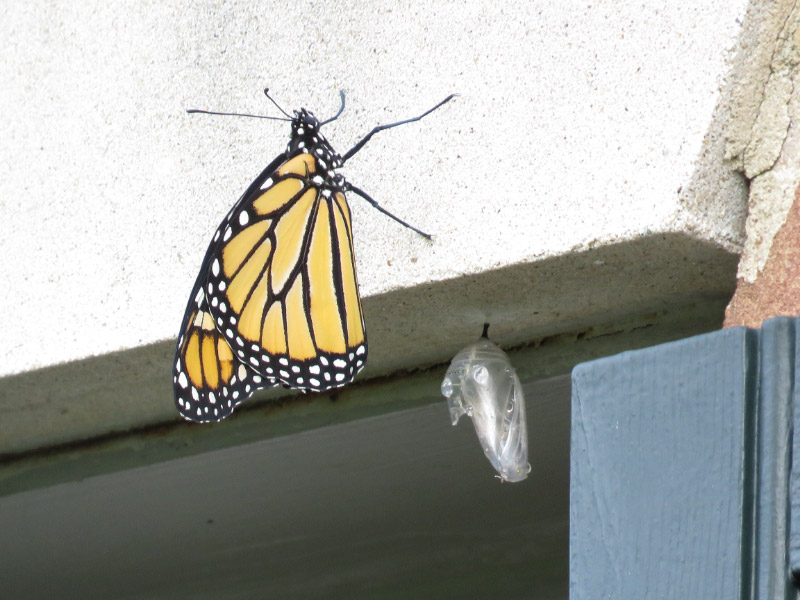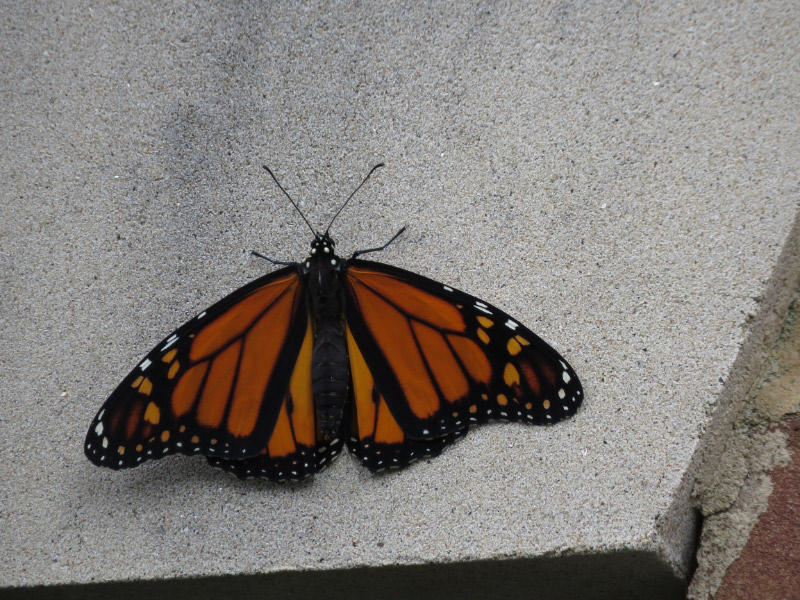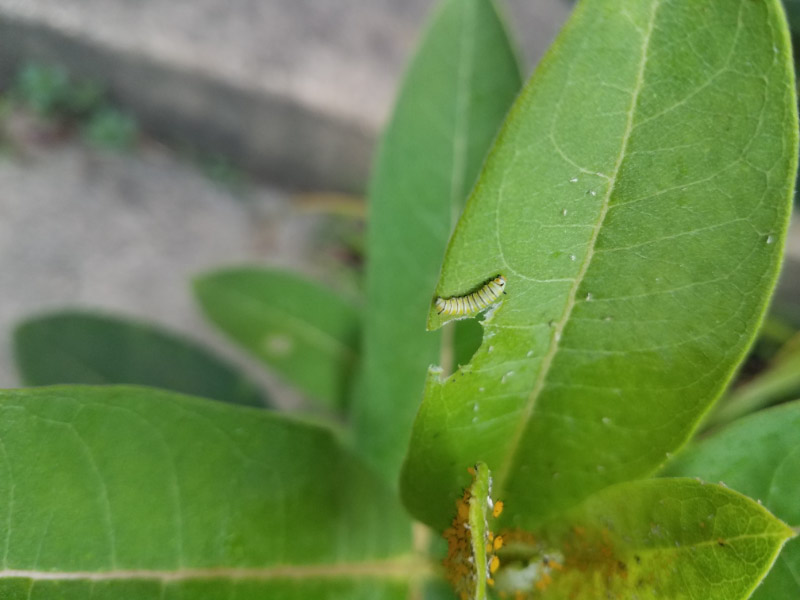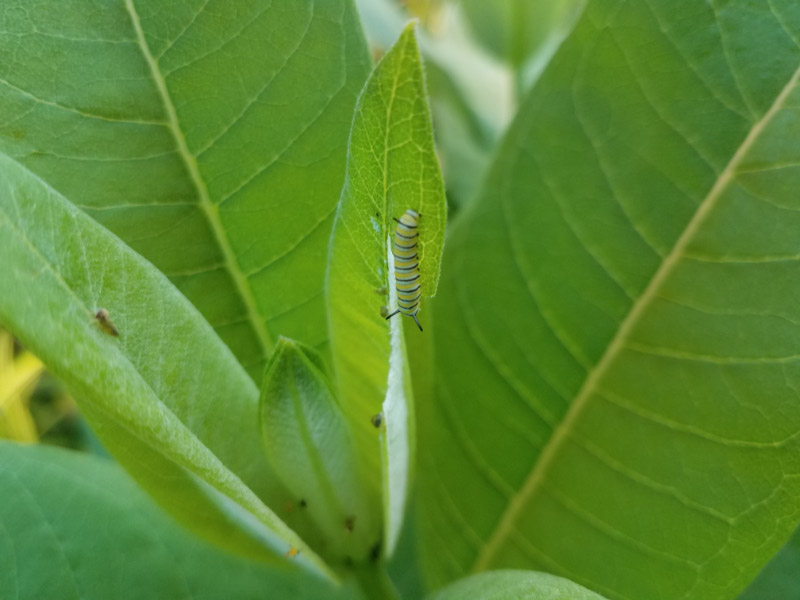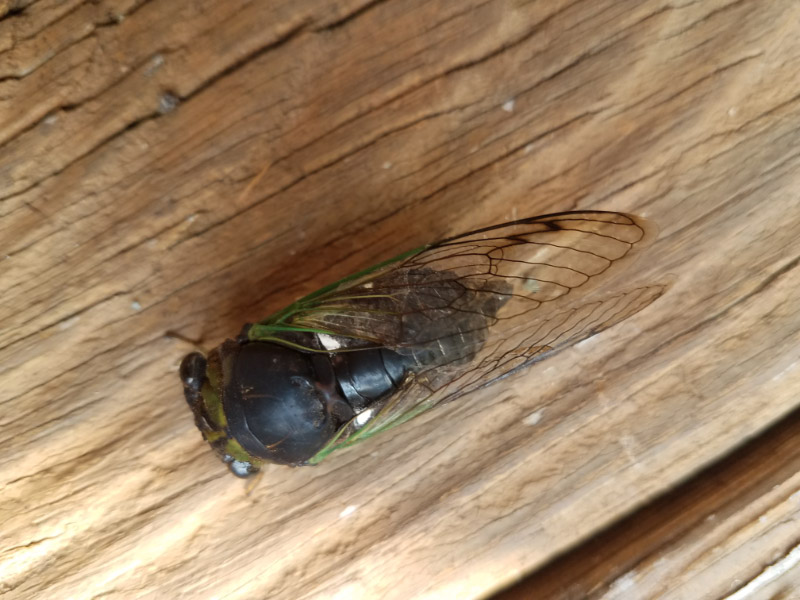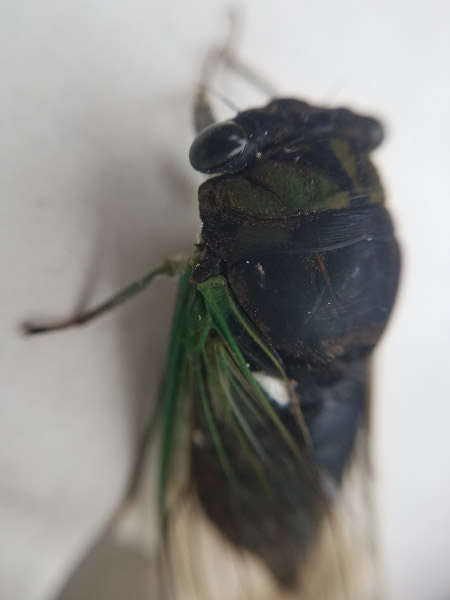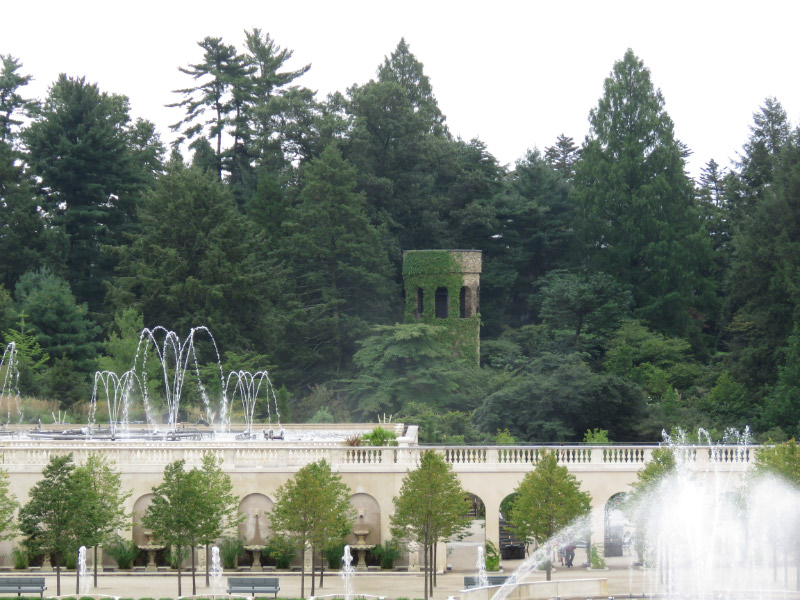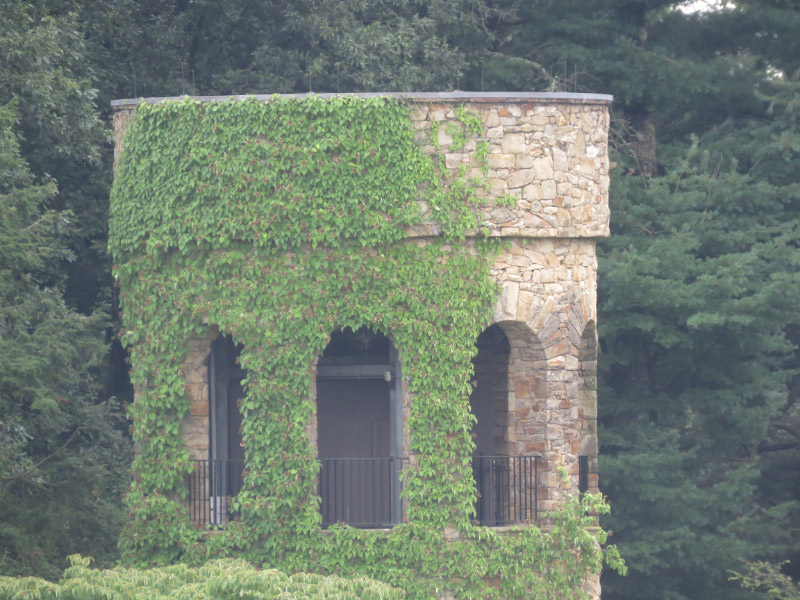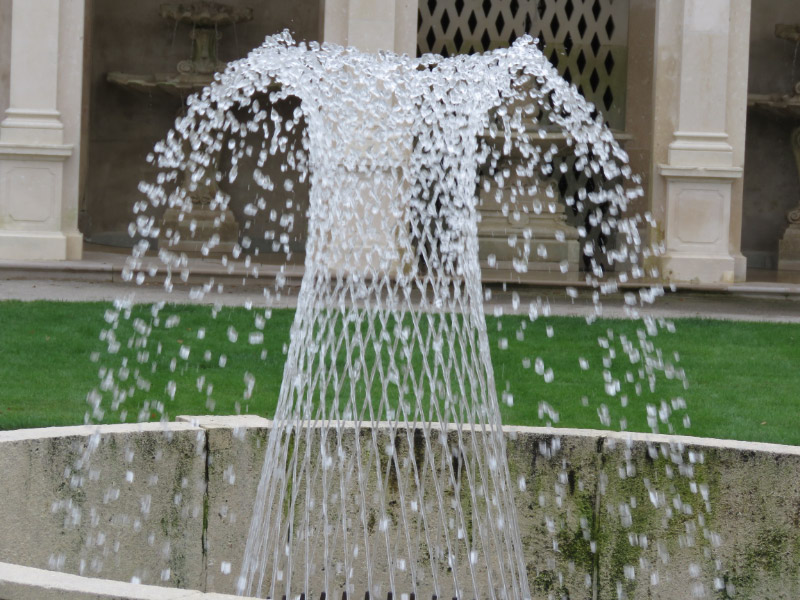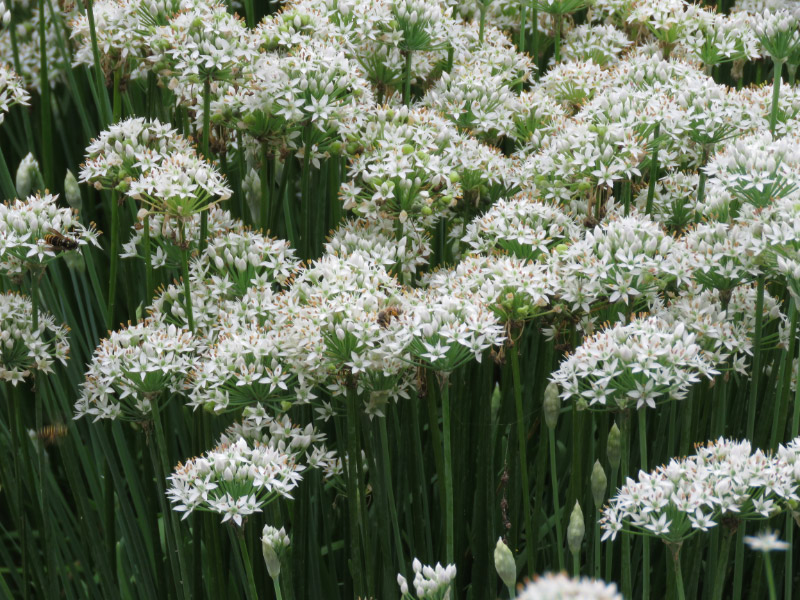Belmont BioBlitz Field Trip
/I went early to help set up for the first Belmont BioBlitz for 5th graders this fall at Howard County Conservancy’s Belmont location. I arranged the discovery tables with pelts, skulls, insects in jars/acrylic, and leaves/seeds of common trees neatly framed in cases backed with cotton. Another table held reference books. The volunteers arrived and we all went out to wait for the buses. The new item for this year is a rugged tablet! Otherwise we had the usual BioBlitz backpack: ruler, tape measure, magnifiers, clip boards, some id books…things we would need in the field.
It’s good to feel that we are ready – and enjoy the morning calm as we wait for the buses.
And then the buses arrive and it all begins.
With my first group we stayed on pavement since we had one student with a cast and were using a wheel chair for her to help with the distance. We documented some trees along the entrance road and some insects on the trunks. Some geese flew to the pond as we watched, and I used the zoom on my camera to take some pictures to include with their documentation. It was the only time I got my camera out during the field trip. Otherwise the students did all the picture taking and documenting of what they found. The big find for the first group was a wolf spider.
The second group went in a different direction and said – at the beginning – that they wanted to look at plants and fungi. They documented an oak and the ivy growing on it. Then they found several kinds of mushroom type fungi. And there were some insects along the way…they were more interested than they thought they would be in insects. They were looking around for acorns and discovered a different kind of nut….and then the tree. A hickory. They got some good pictures of the nuts and leaves, and the way the leaves are on the branch…so they should be able to determine the type of hickory it is!
It was a good field trip. All the students had already done a BioBlitz on their schoolyard so were well versed with the mechanics of what to do. Belmont is a very different place than a schoolyard!


